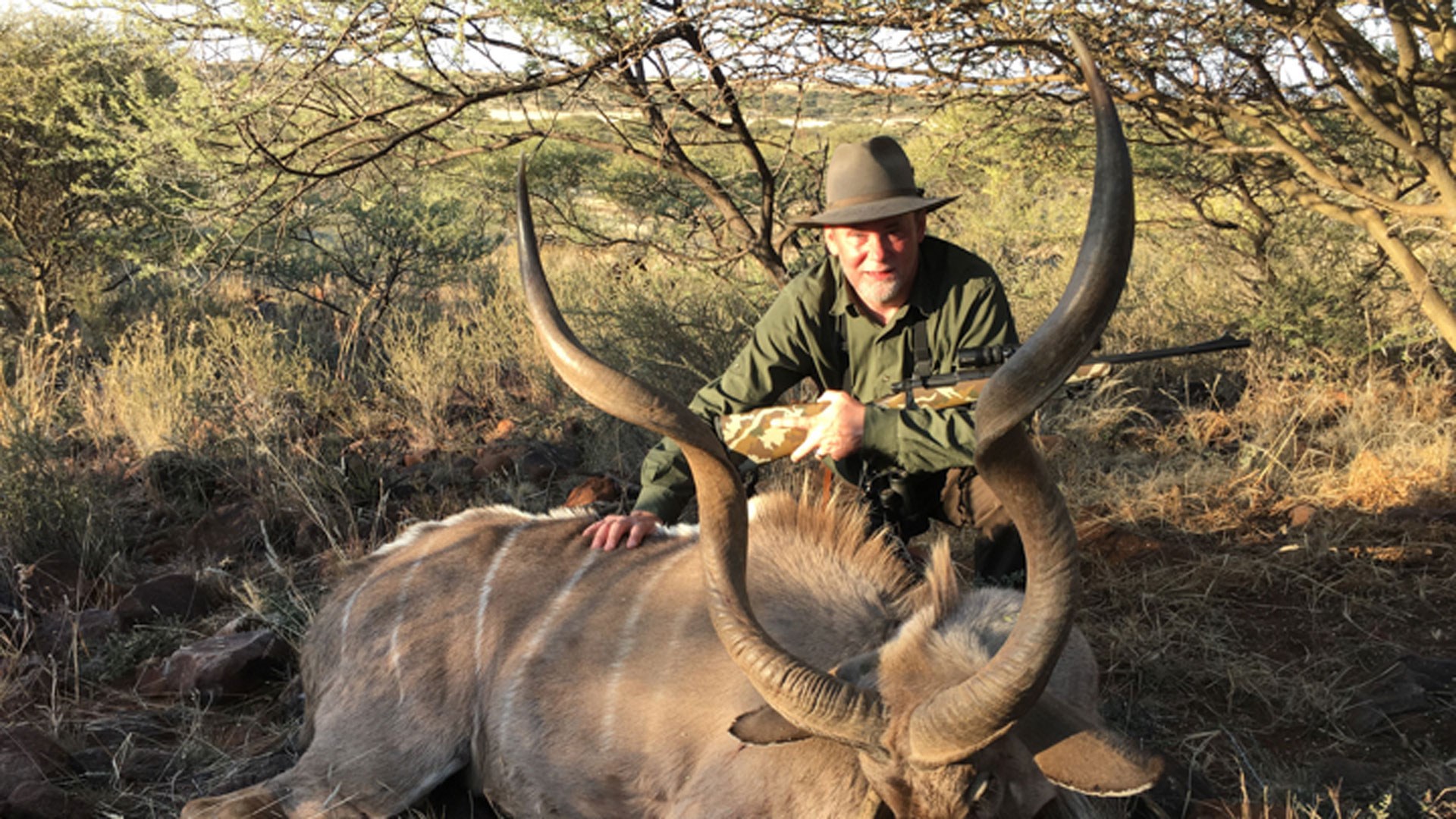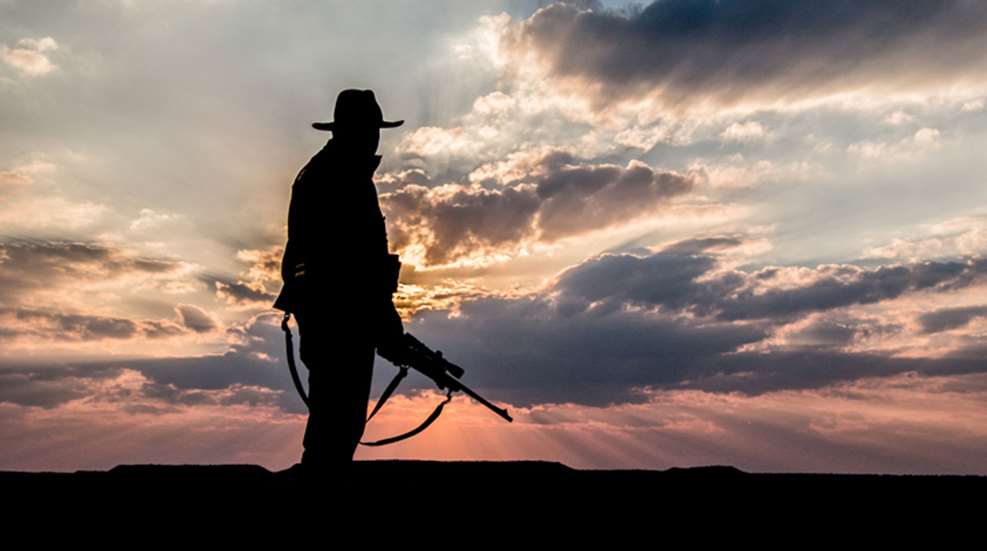
We spotted the kudu bull from more than a mile away. For most of a two-hour stalk, through a ravine, up a mountain and over boulders—a good portion of which was on our hands and knees—we could not even see him. I’d been going on faith and the skill of an experienced African professional hunter, and now the bull was only 95-yards away. We could see the ivory tips of his horns in the sinking sunlight. We knew we had one chance; that when we exposed ourselves, we would have only seconds to make the shot.
I was sitting, sweat-covered, back to a rock and my hands were visibly quivering. I could feel—even hear—my heartbeat. Realizing my condition and grinning, Geoffrey my Professional Hunter (PH) whispered, “You OK? Maybe you should have shot him way back there from the mountain side.” His hand, squeezing my shoulder, let me know he really didn’t mean it.
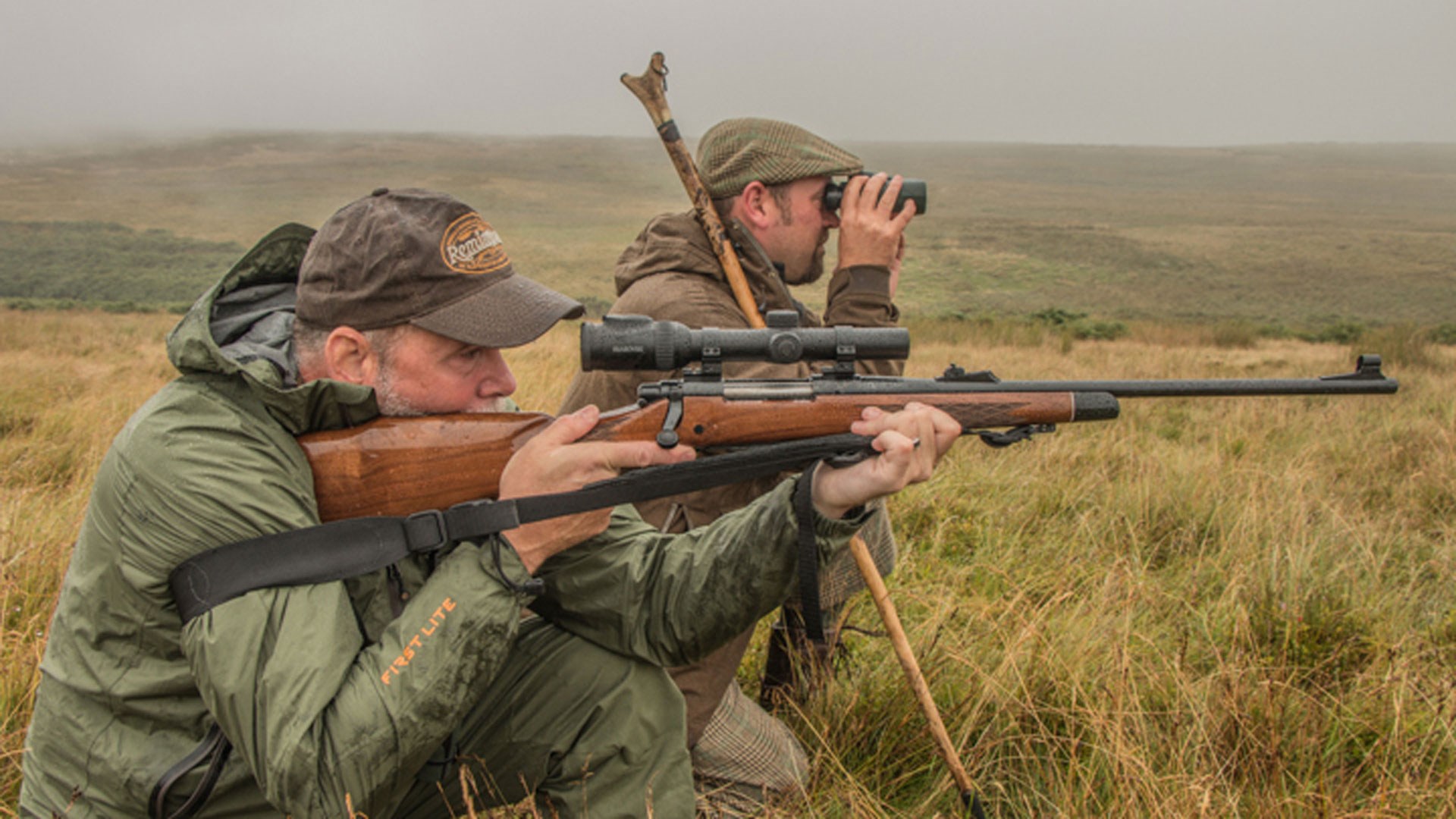
I breathed deep, let it out, and looked Geoffrey in the eye, “And miss this? You know that’s not the way we do it.” I took another deep breath and grinned as well. Geoffrey chuckled, paused, and said, “Good point. Don’t miss.”
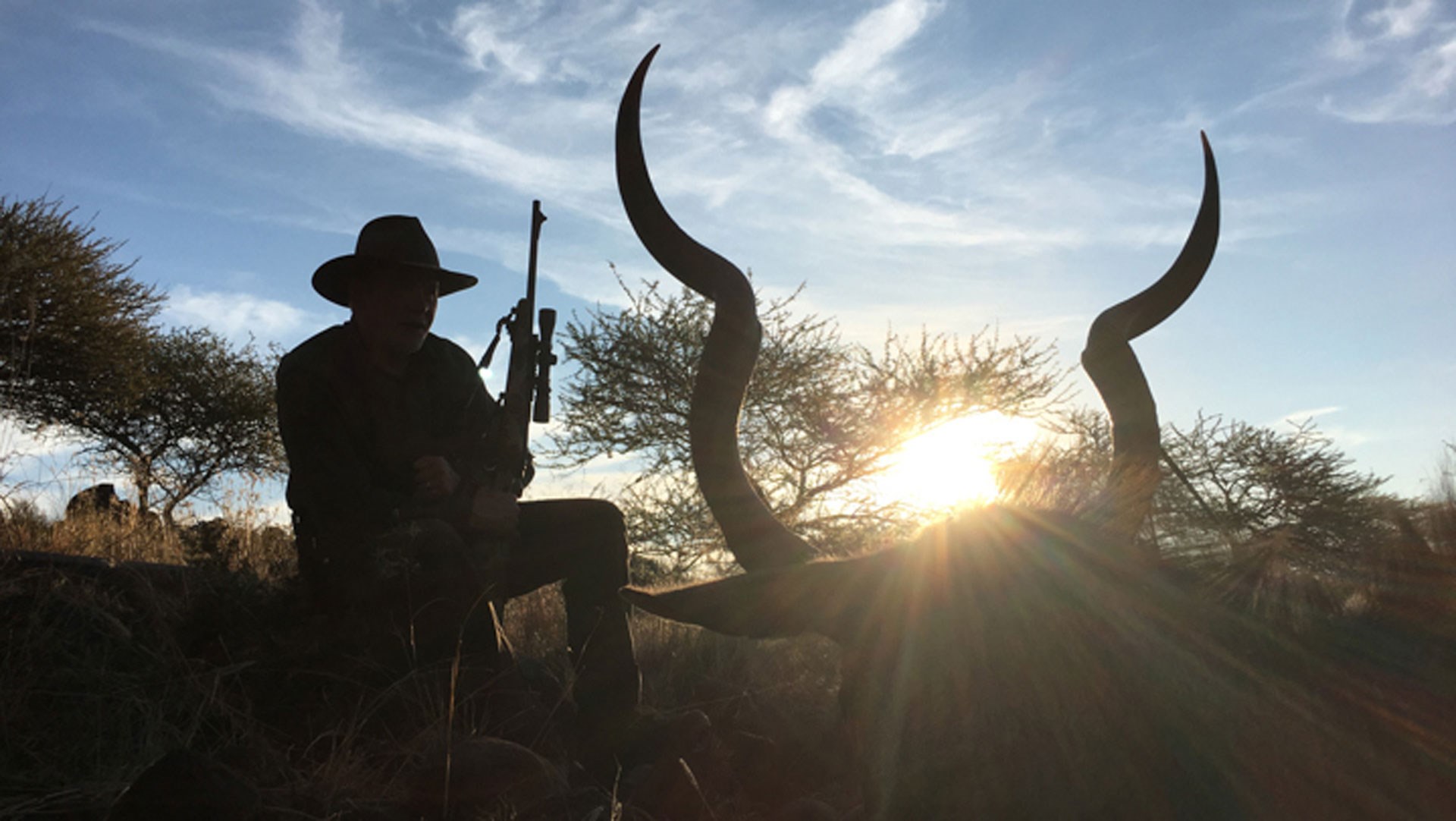
Beethoven and da Vinci were clearly artists. Bob Dylan, too; you cannot listen to “Girl from the North Country” and not lose yourself in the lyrics. Similarly, Mark Knopfler’s finger picking brilliance in Dire Straits’ “Romeo and Juliet,” will send chills down your spine. We enjoy the works of these artists in museums, on rainy evenings and in good company. However, some arts and crafts are more of an intelligent, athletic endeavor. Hunting is enjoyed through physical participation as opposed to with a glass of good bourbon and a campfire.
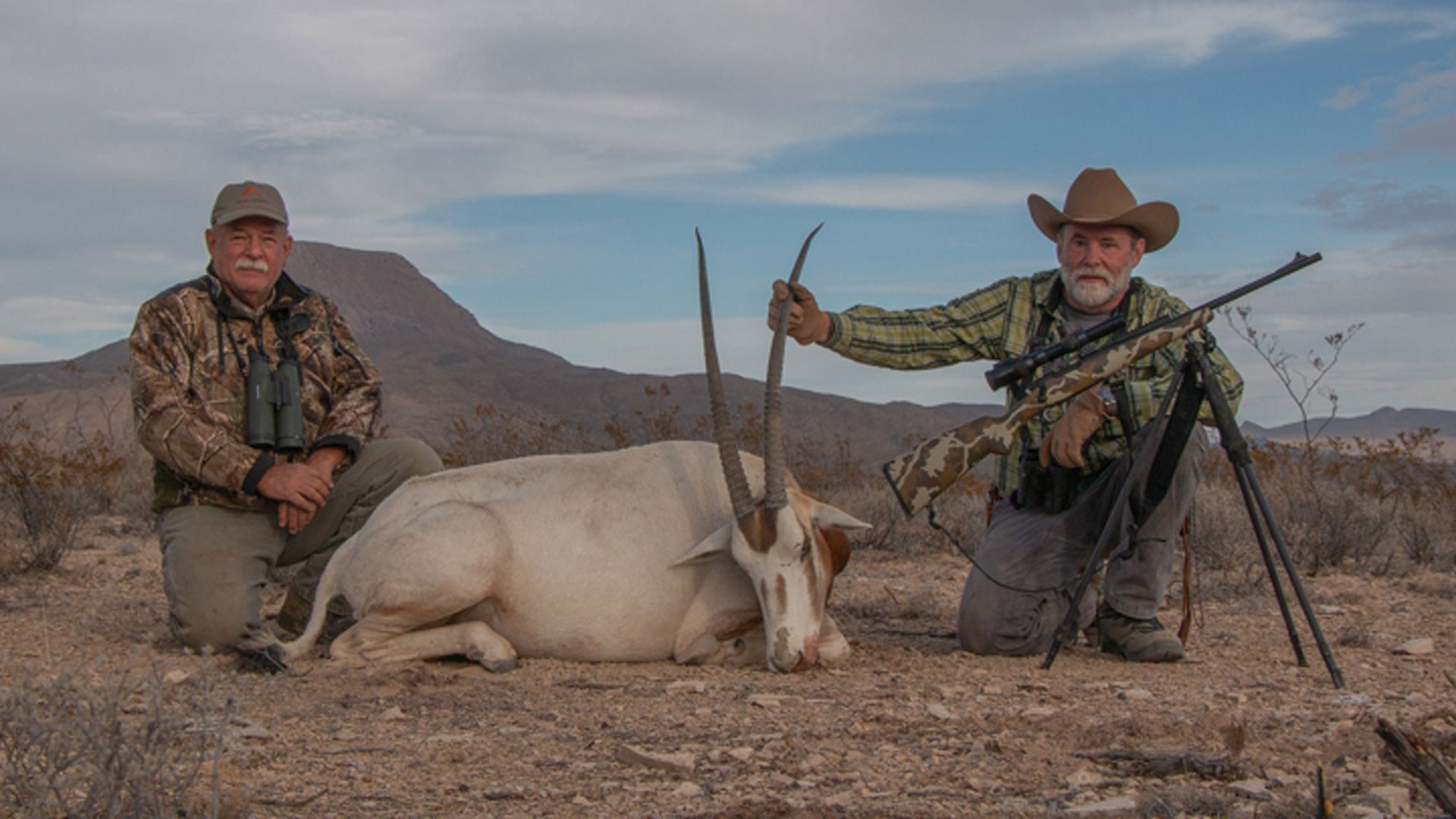
Those skilled in the art and craft of hunting have long been celebrated. It’s no coincidence the only major constellation that can be seen from every inhabitable location on Earth is Orion the Hunter. The ability to secure life-sustaining sustenance preserved the human species. Early on, hunters outsmarted and out-endured their quarry, while getting close enough to kill with archaic weapons. The arts and crafts of hunting have been passed through the generations for so long, the yearning for it is embedded in our DNA. Sadly, after more than 300,000 years, those arts and crafts are being lost.
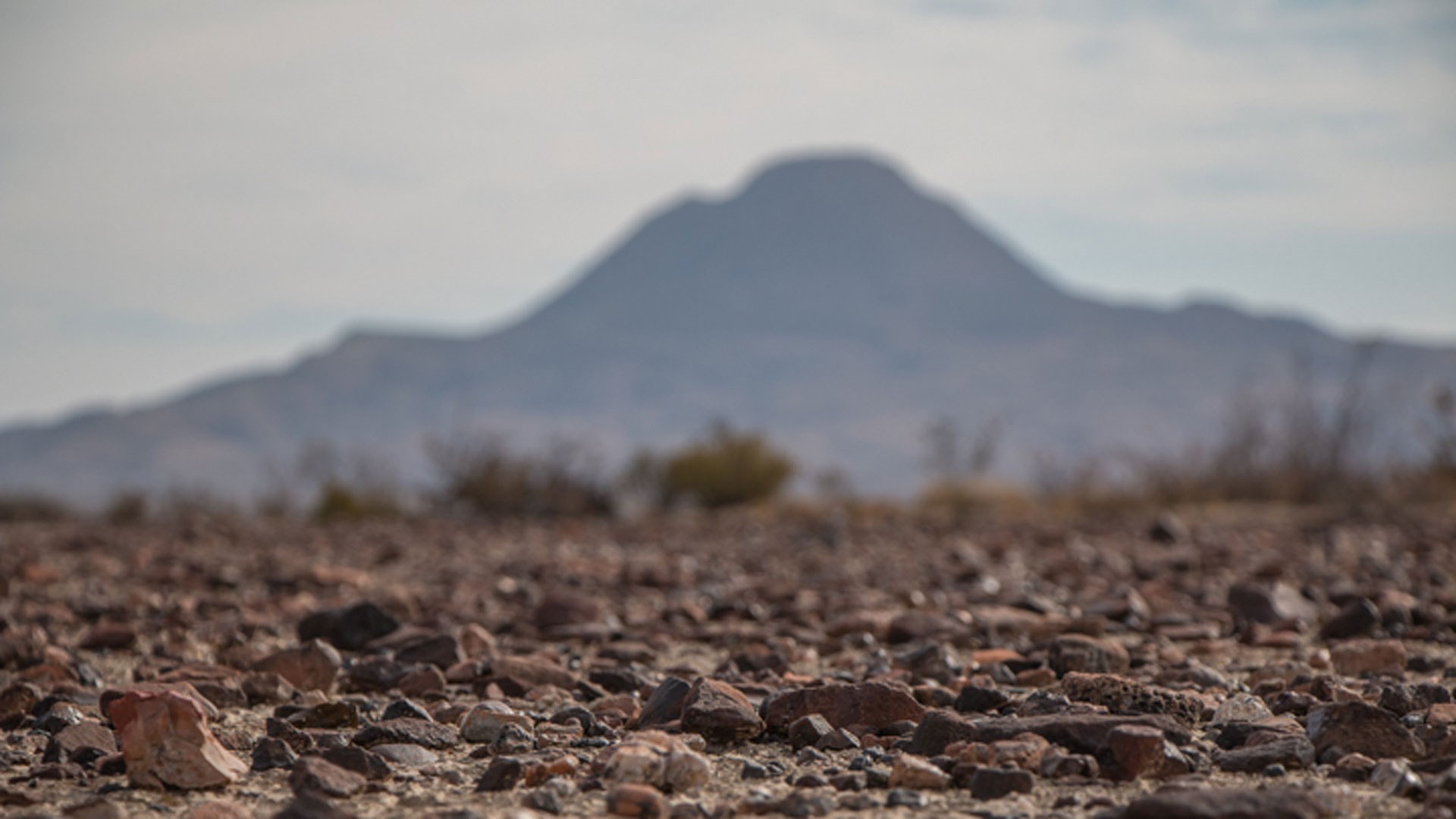
Fathers who used to unlock that genetic code in their descendants no longer do, because they don’t know how. This is partly because food is now so easy to obtain; you don’t even have to get out of your car to do it, and complete meal deals can be had for less than five bucks. Some hunters don’t even get out of their truck—a barrel out the window is easy and legal in some places. It’s also partly because modern weaponry has made trailing, tracking and sneaking close, less necessary. 6.5mm bullets across canyons are more admired than boots with worn soles.
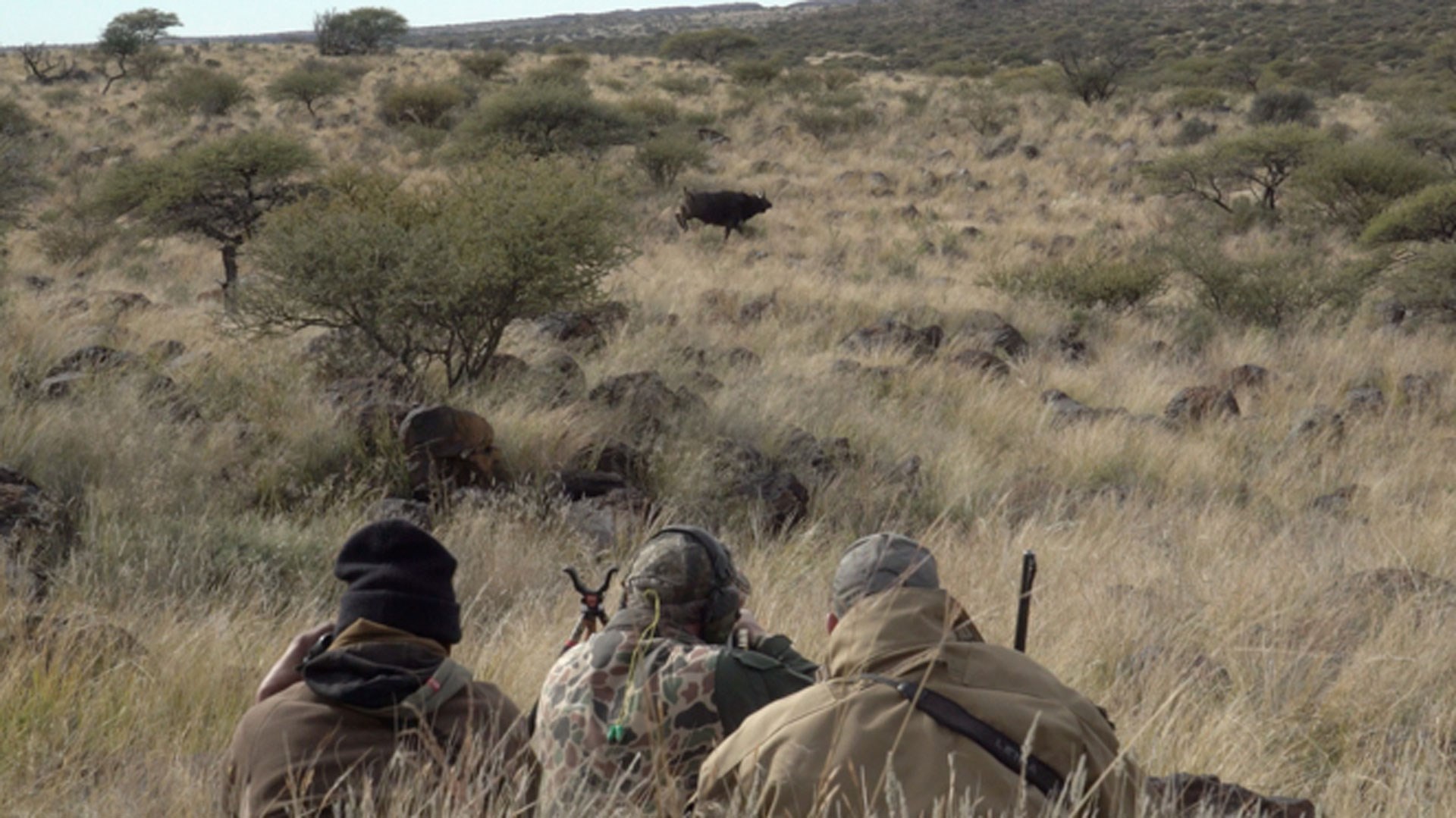
The true arts and crafts of hunting have nothing to do with gear and everything to do with skill—a skill that’s vanishing from the human race. Sure, with well-managed game populations a tenderfoot can stumble out and find success with all the aplomb of scratching a winning lottery ticket. But, until a display of true hunting skill has been experienced in the field, the desire to learn it is never fostered.
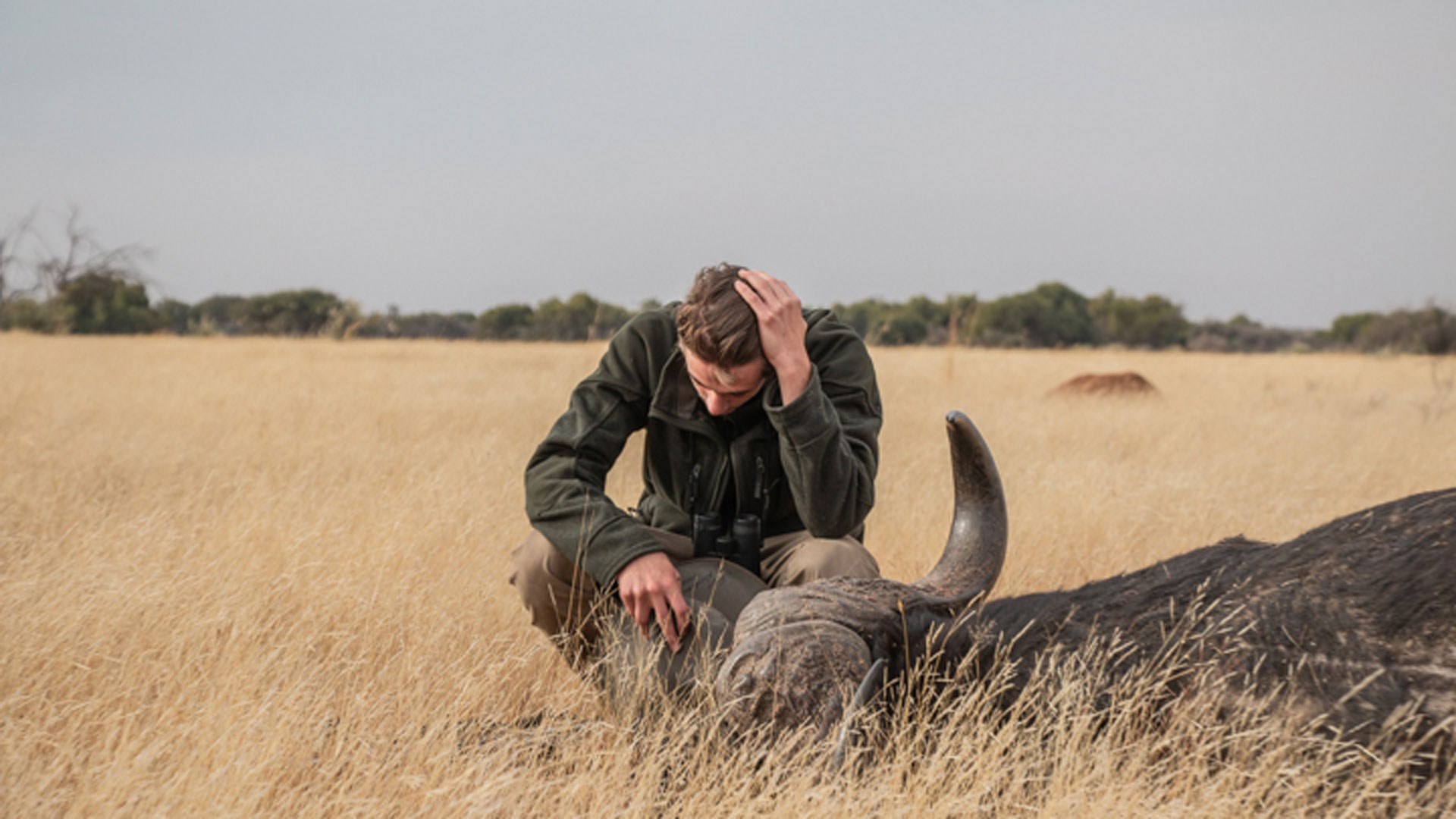
I shared it with my grandfather. My father and others since have taught me. I followed African PH Geoffrey Wayland for seven hours as he trailed buffalo and guided a teenager to an African rite of passage. I’ve watched African trackers predict every step of an antelope. I’ve walked miles behind outfitter Steve Jones to ultimately end up in the middle of a herd of free-range scimitar-horned oryx. Watching these artists read wind, spoor and animals, with the skill of Picasso wielding a brush, is mesmerizing. Learning from them is magnificent.
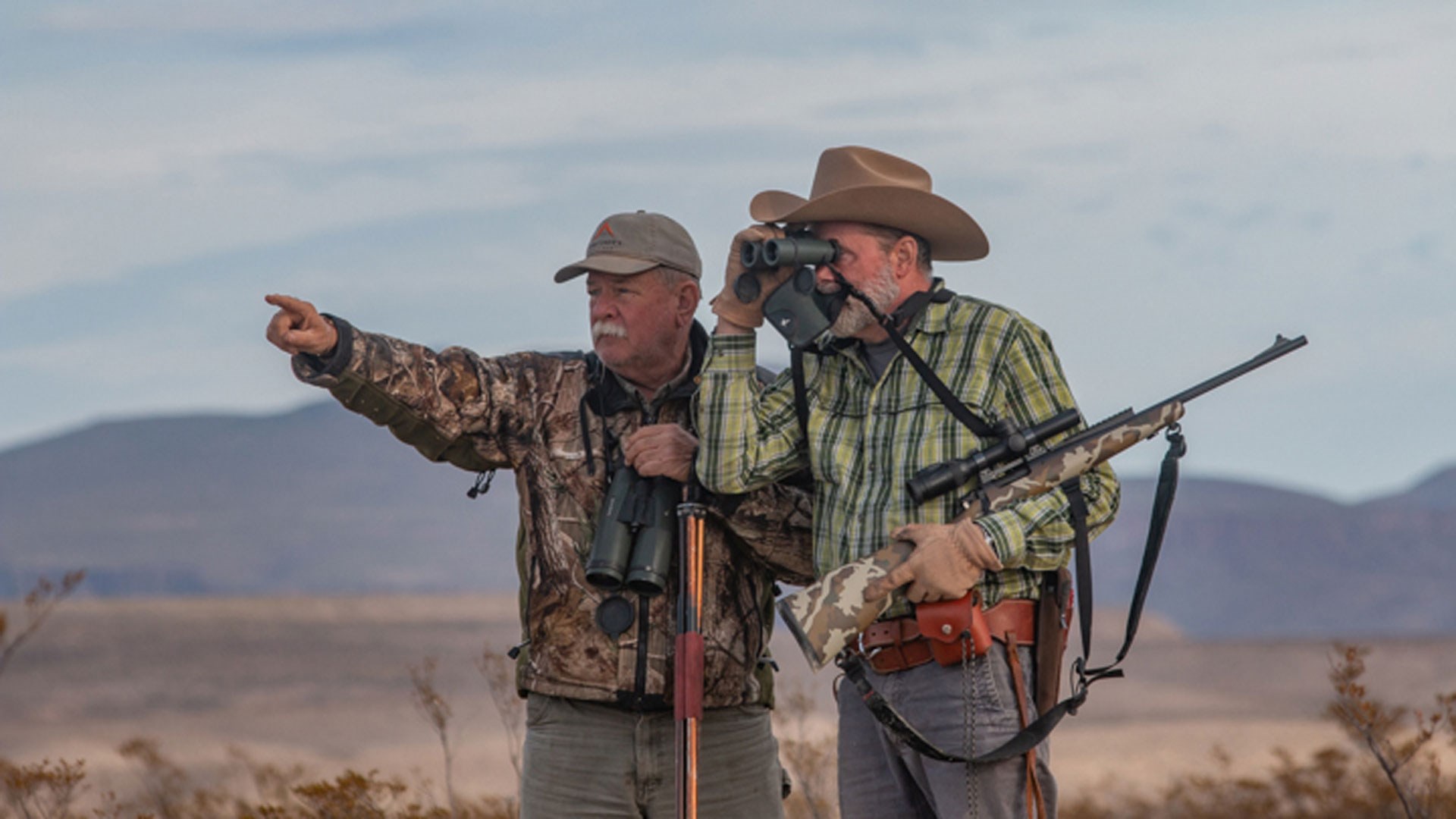
Knowing where animals come from, where they’re going, what their eating and when they will rest, is knowledge that can only be gained by footsteps…millions of them. You can spend a lifetime on a rifle range but the only thing you will become is a marksman; hunters are made in other ways.
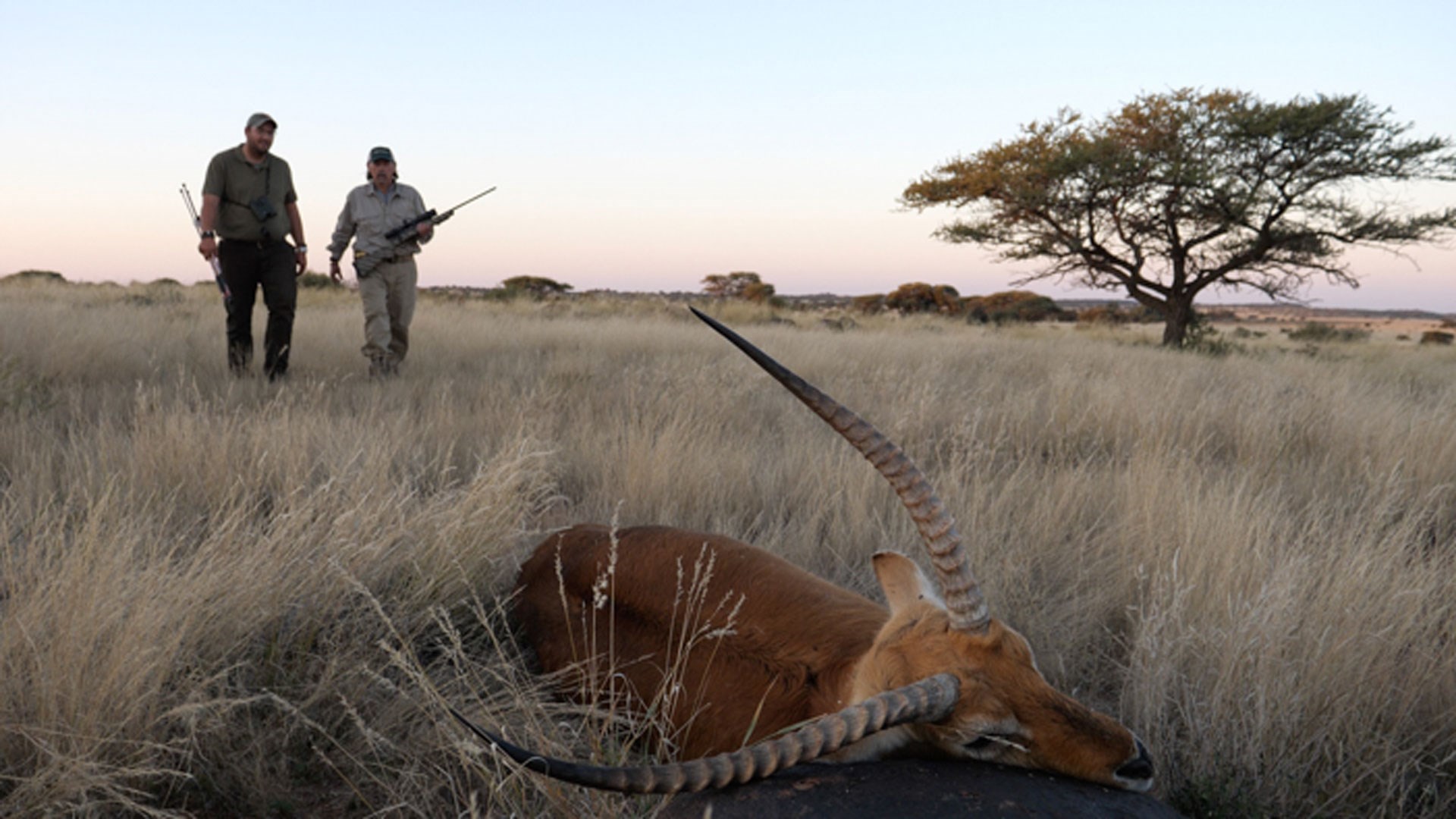
The hunter’s goal should be to get close enough that a successful shot is a sure thing. The act of shooting the animal is not really part of the hunt—it should conclusively end the hunt. The hunt is about getting a shot that’s a guarantee not a guess. Of course, times and hunters are changing. With modern weaponry capable of reaching ridgeline to ridgeline, the shooting—not the hunting—has becoming the celebrated skill. Feet-per-second have replaced footwork.
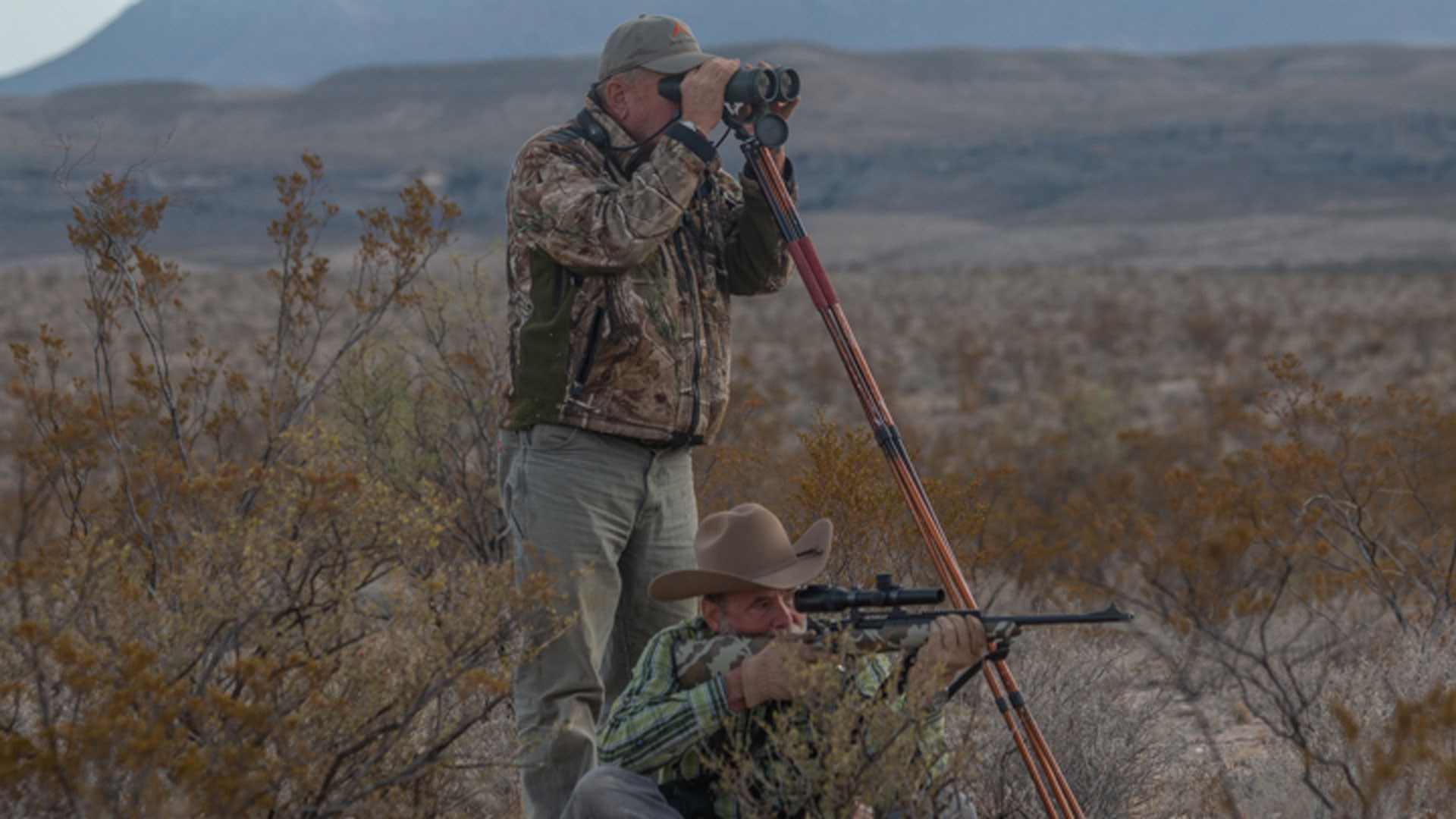
When watching a long-range hunting show, have you ever wondered why the hunters spring to their feet with high fives and cheers after making some grandiose long-range shot? Could it be because they’re genuinely surprised they actually made the shot? Sure, there’s folks who can shoot into the next county on demand and with extreme precision. However, I could haul the lot of them capable of doing it on a big-game animal in a natural setting in the back of my pickup truck.
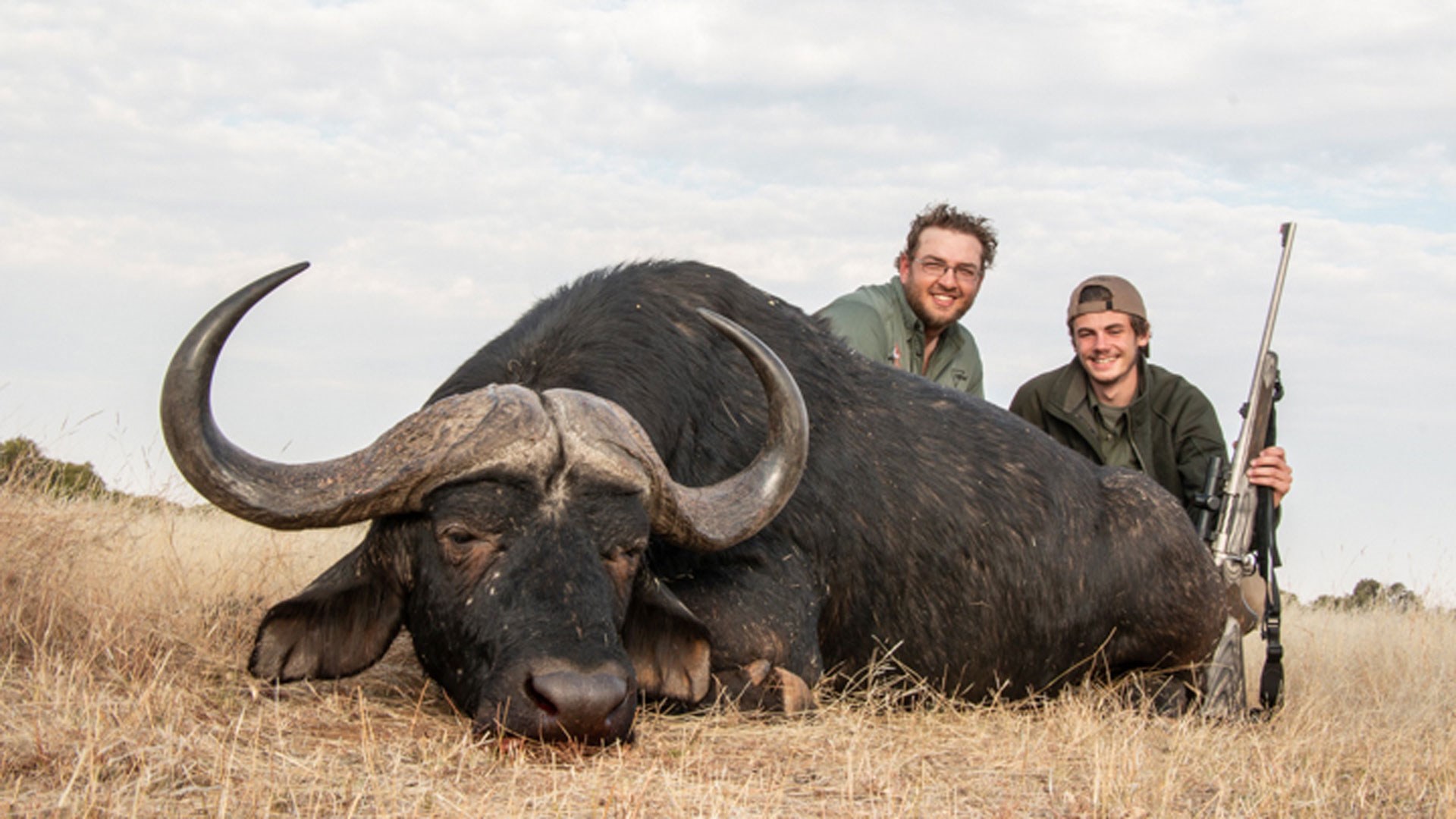
I’ve often wondered the point of the extreme long-range hunting shot; it does not save any effort. In fact, with the odds of a miss greatly increased, it seems counterproductive to the goal. Anyway, if you do take an animal with a half-mile shot, you still have to walk that half-mile to recover it. Might it not be a better and more exciting journey if that walk was a stalk and not a stroll? Hunting is the oldest form of human art. It’s a craft to be learned, cherished, and passed on. That happens with footsteps, not with feet-per-second.
What about the kudu? I didn’t miss. Heart shot at 95 yards. When you do the hard part with your feet, feet-per-second don’t matter that much anymore.
